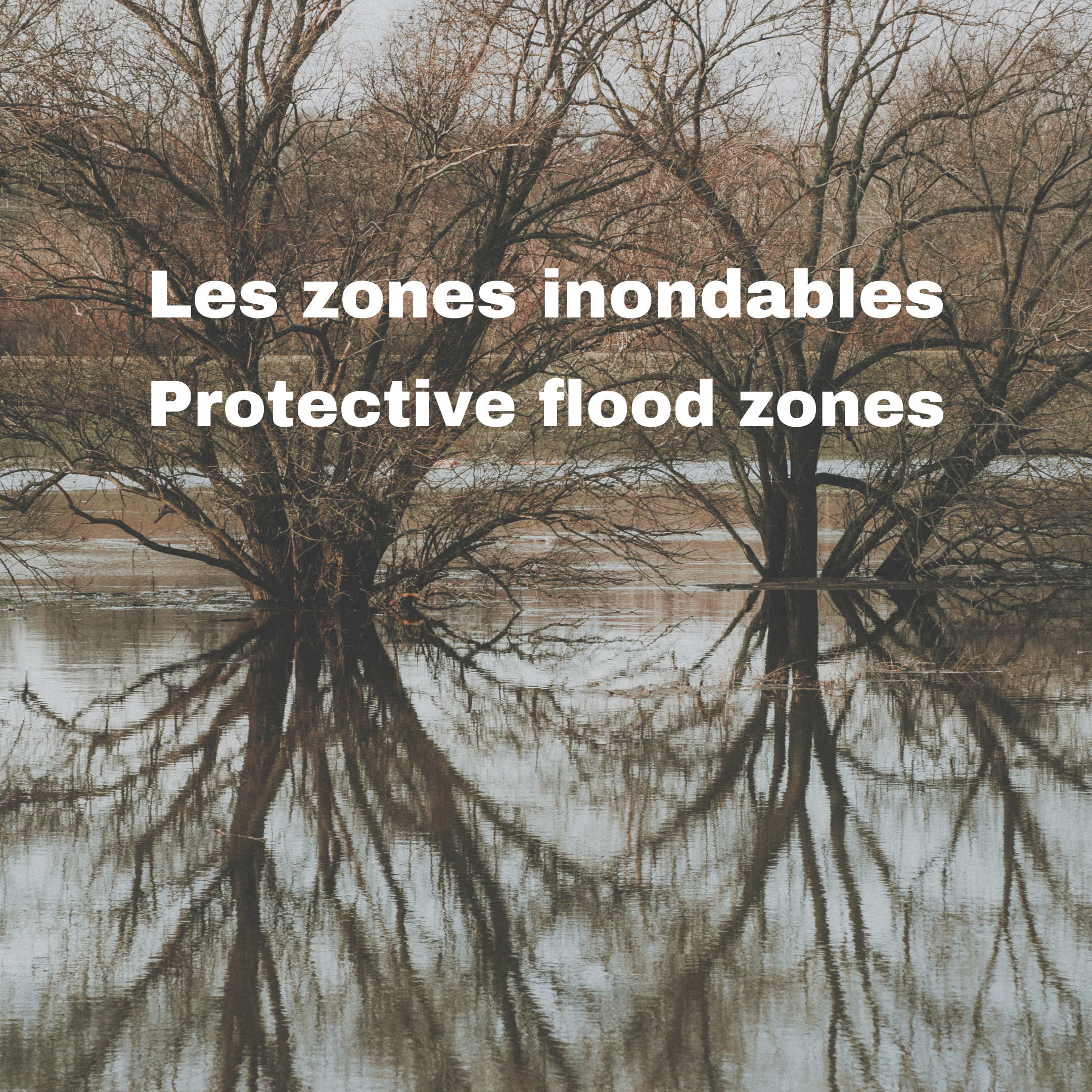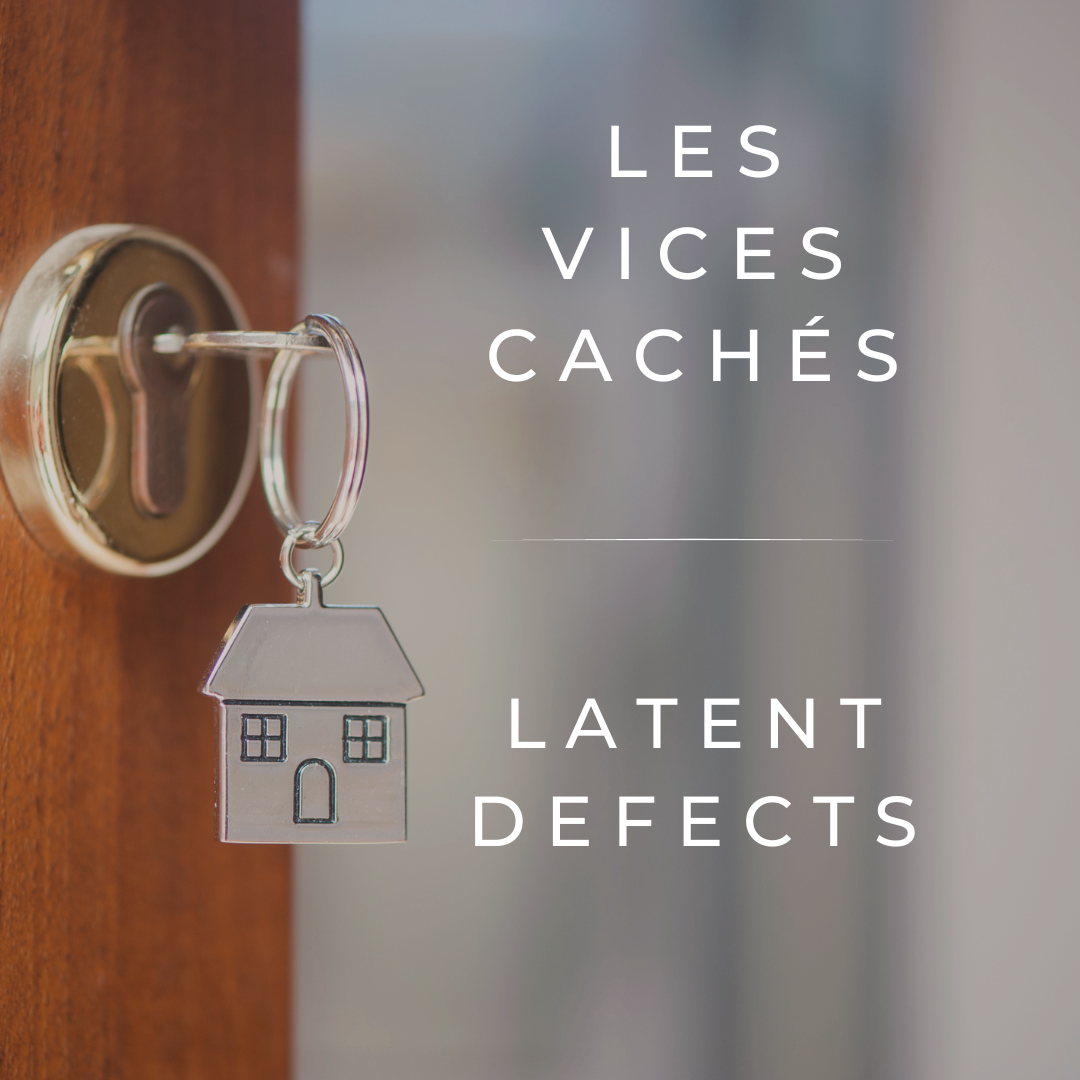Protective Flood Zones

We’ve just experienced a winter with very little snow followed by a very dry spring. We’re dealing with low water levels throughout the region and facing the prospect of a drier than normal summer. For many homeowners and prospective buyers, however, the threat of seasonal flooding is an ongoing concern.
Gone are the days when a homeowner could build a house anywhere on their property. As development has increased, municipal and provincial governments have passed laws intended to protect homeowners, their neighbours and the environment. These include rules regulating construction in flood zones.
Flood zones have received a lot of media attention in the past few years but our area has always experienced floods – it’s part of living by the lake. Major flooding usually only occurs every 20 years or so, but those of us living in Hudson, Rigaud and Vaudreuil in 2017 and 2019 know firsthand they can happen more often. I can remember Main Road by the ferry being flooded a few times during my childhood. My dad even had to rescue our neighbours by canoe in the 90s when water surrounded their home. Coming together through floods has become part of our community identity.
New flood zone laws
Most municipalities have mapped their waterfronts and produced flood line maps showing the 20-year and 100-year flood lines. By law, homeowners can’t alter the shoreline, remove trees or add structural elements such as sand/soil or retaining walls below the 20-year flood line.
Prior to the 2019 flooding, it was possible to build between the 20-year and 100-year flood lines provided certain conditions were respected. Since 2019, however, most municipalities have created new bylaws to prevent construction below the 100-year line. In 2019 the Québec government produced a Special Planning (ZIS) flood map imposing strict regulations and a moratorium on construction below the flood lines.
You can’t build a new house in a flood zone, but what about houses that are already in the flood zones? These houses have acquired rights to be there but are subject to restrictions when it comes to renovating or rebuilding. For example, you can’t add an extension to an existing house and you can’t demolish a house with the intention of rebuilding in the same spot.
There are certainly risks associated with owning a home in the flood zone. If the home is damaged during flooding and the cost to repair it is more than 50% of the home’s value, the government will force the owner to demolish it and reconstruction will not be allowed.
Following a flood, home owners must have their homes evaluated to determine the degree of damage. The town will provide the owners with the names of three local evaluators to choose from. If the evaluator determines that the level of damage is less than 50% of the value of the building, the town can grant the owner a major renovation permit to repair the house. Otherwise, the house will have to be demolished.
In Hudson, you can get a major renovations permit to renovate up to 49% of a home, which can include implementing preventive measures like lifting the house, raising the foundation above the high water level or reinforcing the foundation to withstand flooding. Depending on the size of the house, these measures can cost $50,000 and up, but they can help ensure the living space stays dry. If you want to renovate more than the 49% of the house you may have to do it in stages, applying for a second renovation permit once you have finished the first phase of renovation.
In addition to the potential cost of preventing or repairing flood damage, it’s important to look into the availability of mortgages and insurance when considering buying a home in a flood zone. Some banks will not issue a mortgage for a house in a flood zone while others will require a risk evaluation. Insurance companies will charge higher premiums for flood protection or, increasingly, refuse flood coverage altogether.
Why buy in a flood zone?
A well-built older home that has been through previous floods with minimal damage may be an acceptable risk for some buyers. If the foundation is solid and the living area high above the water line, flooding can be an occasional inconvenience instead of a catastrophe. New products designed to protect homes from flood waters can also help minimize damage and subsequent repair costs.
So build it high, keep it dry and enjoy the view!
*The information contained in this article is for information purposes only. It is not, and should not be taken as, legal advice. It is not a substitute for the advice or services of a notary or lawyer.






